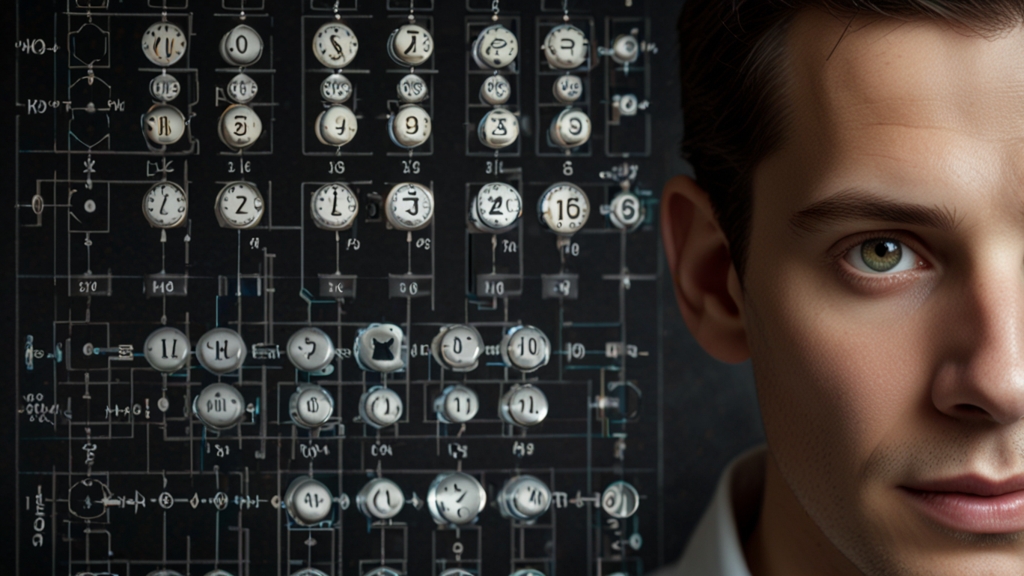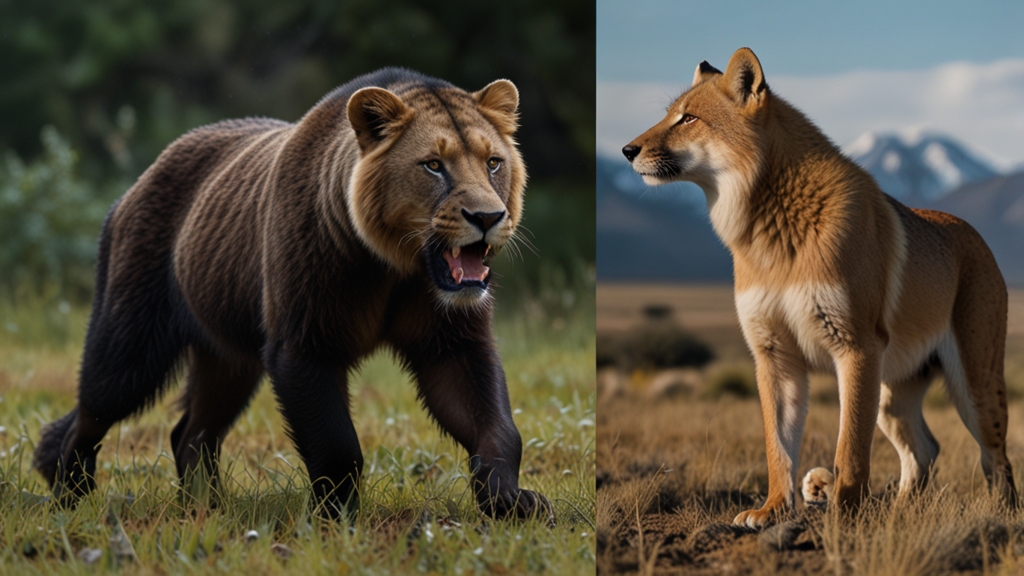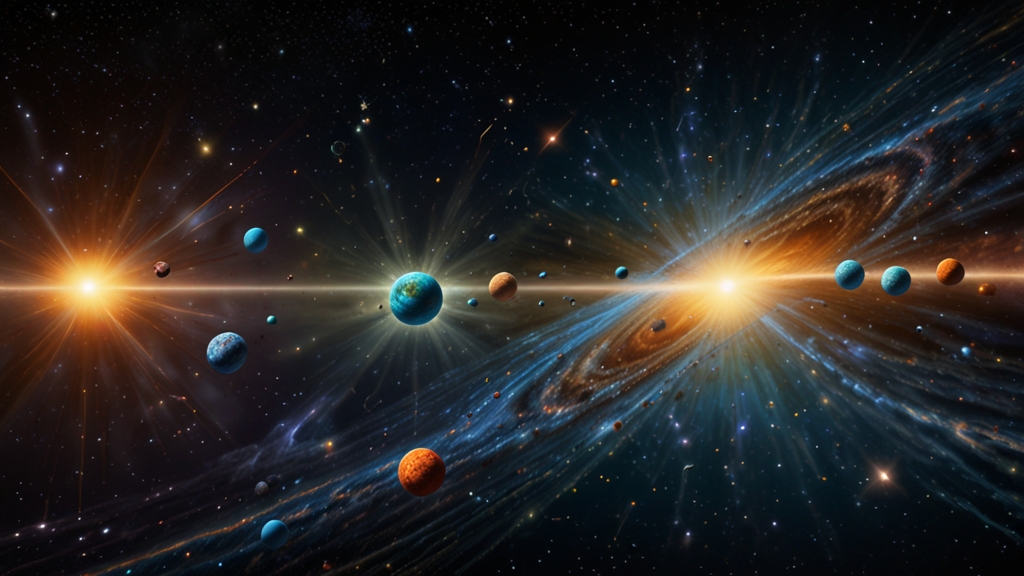The Kids of the Cold War Growing Up in a Divided World
The era of the Cold War, spanning from the end of World War II in 1945 to the dissolution of the Soviet Union in 1991, left an indelible mark on global history. For the children who grew up during this time, the ideological and geopolitical rivalry between the United States and the Soviet Union shaped their formative years in unique and often challenging ways. This was a period when the threat of nuclear annihilation loomed large, and the world seemed perpetually perched on the edge of an existential precipice.
The Shadow of the Iron Curtain
One of the most palpable symbols of the Cold War was the Iron Curtain, a term popularized by Winston Churchill to describe the division between Western nations and those in the Eastern Bloc under Soviet influence. On both sides of this ideological barrier, children were indoctrinated with the prevailing political dogmas of their respective regimes.
Many children in the West participated in school drills, crouching under desks or filing into makeshift bomb shelters during air-raid practices, a constant reminder of the ever-present threat of Soviet missiles.
In the Eastern Bloc, children were often taught to revere the state and its communist leaders, with education systems heavily infused with Marxist-Leninist ideology. Youth organizations like the Young Pioneers in the USSR played a crucial role in fostering loyalty to the Communist Party. Despite geographical separation, a shared sense of fear and mistrust transcended borders, knitting together childhood experiences across the divided world.
Cultural and Propaganda Wars
Cultural exchanges, even if limited, became battlegrounds for soft power. The Space Race, epitomized by the launch of the Soviet's Sputnik satellite in 1957 and the American Moon landing in 1969, stirred the imaginations of children everywhere. While American kids dreamt of becoming astronauts like Neil Armstrong, their Soviet counterparts idolized cosmonauts like Yuri Gagarin.
Everyday life, too, was infused with elements of propaganda. American media often depicted communists as ominous villains in movies, comic books, and TV shows, while Soviet media extolled the virtues of socialism and depicted the West as decadent and imperialistic.
"Duck and Cover," a civil defense social guidance film, became an iconic representation of Cold War anxiety, featuring Bert the Turtle advising children to protect themselves in the event of a nuclear blast. Conversely, Soviet propaganda extolled the virtues of the working class and painted capitalist societies as being fraught with inequality and moral decay.
The Impact on Identity
Growing up in such a polarized environment had profound impacts on the identity of these children. In the West, particularly in the United States, the notion of American exceptionalism was strongly inculcated. Patriotism was often intertwined with an anti-communist sentiment, fostering a collective identity rooted in the defense of freedom and democracy.
In the Eastern Bloc, children developed a different sense of identity. They were brought up within a system that stressed collectivist values and the importance of contributing to the greater good of the socialist state. However, this also bred a certain level of skepticism and doublethink among those who could see the disparity between official rhetoric and everyday reality.
The Legacy of a Divided Childhood
As the Cold War ended and the world began to re-integrate, the children of that era, now adults, carried with them the lessons and experiences of their divided upbringing. Many of them became instrumental in bridging the ideological chasms that once seemed insurmountable. Whether through diplomacy, culture, or the economy, they have contributed to a world that, while still fraught with challenges, is markedly more interconnected than during their childhood.
Reflecting on the era, it's clear that the Cold War shaped not only global politics but also the lives and identities of those who grew up amidst its tensions. These individuals, forged in the crucible of a divided world, embody a unique historical legacy that continues to influence contemporary society.






